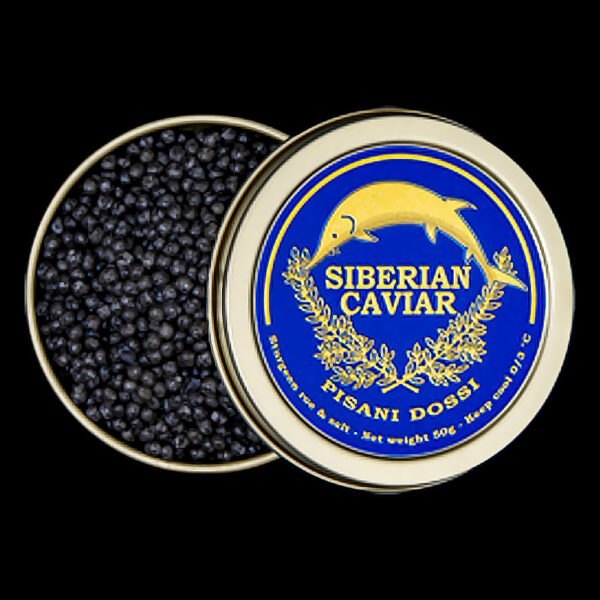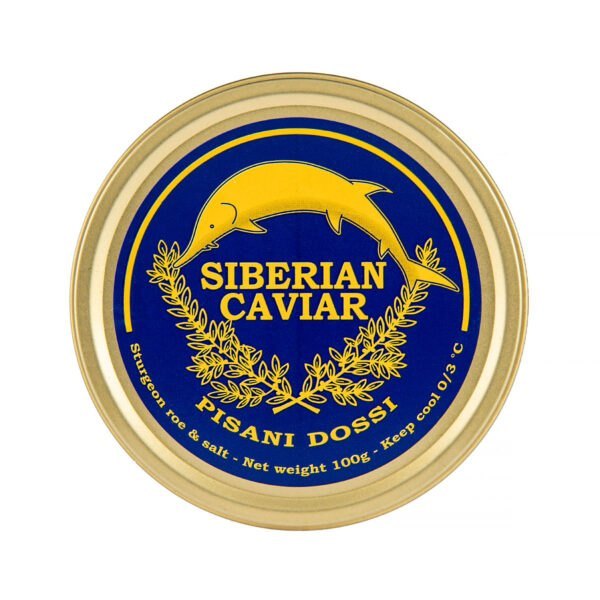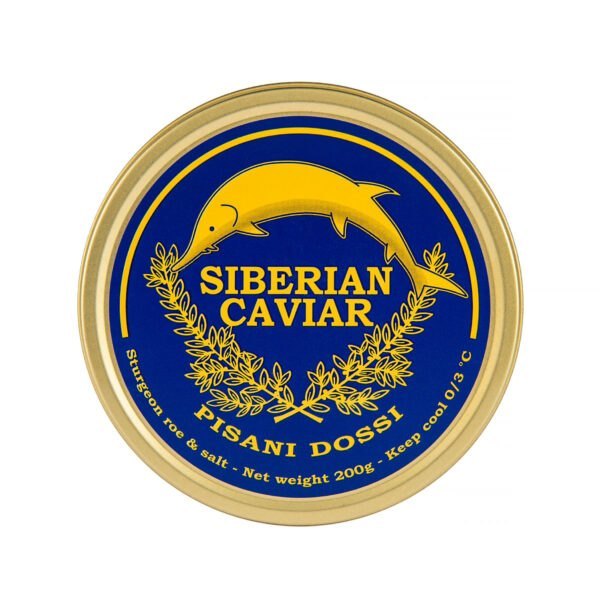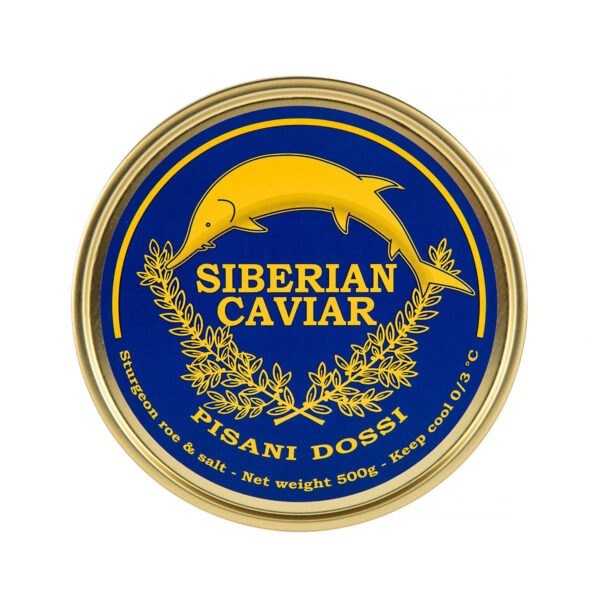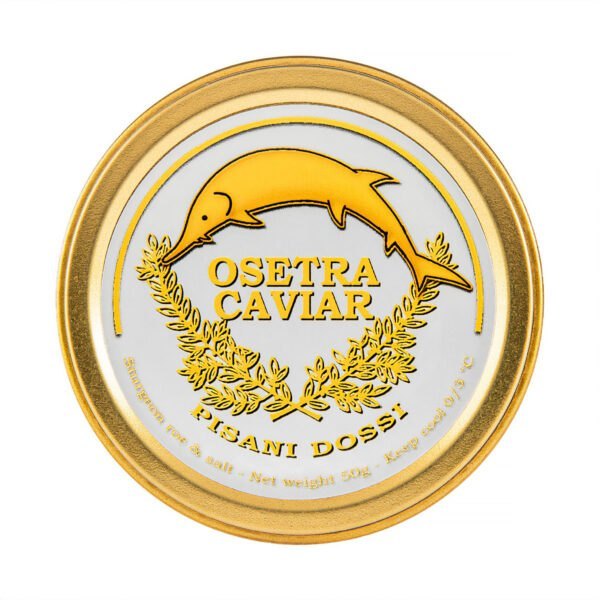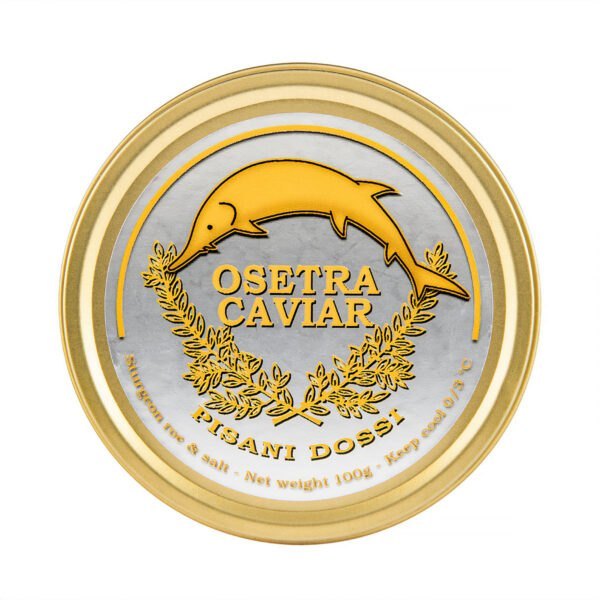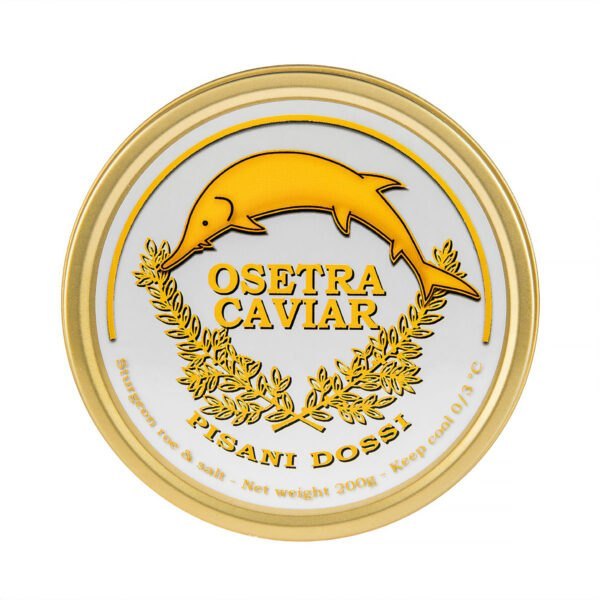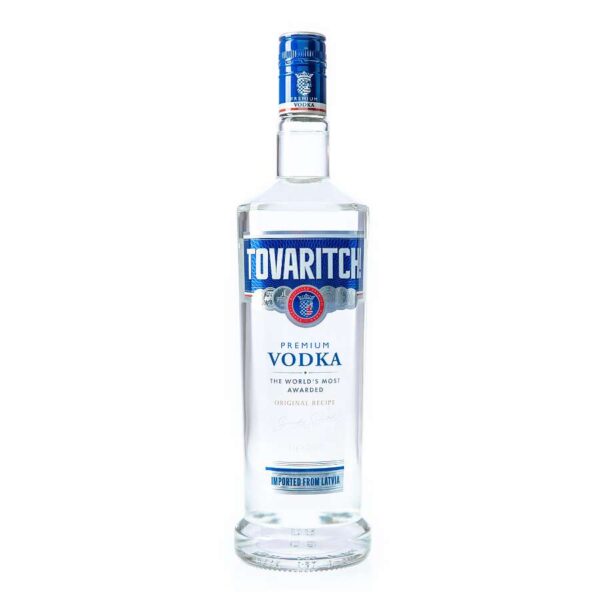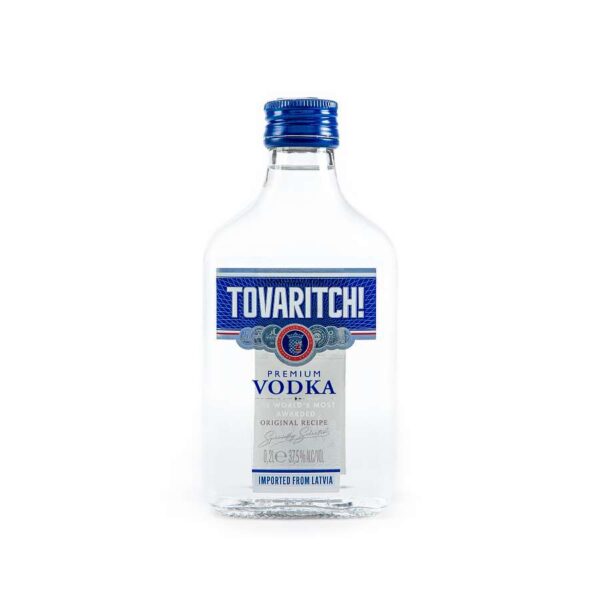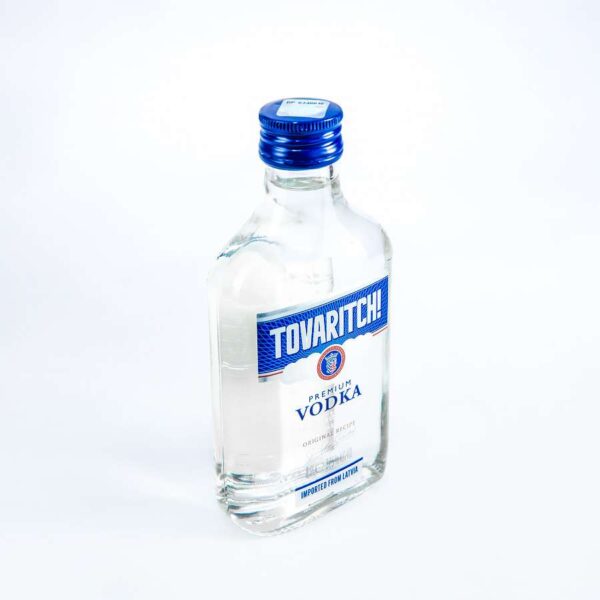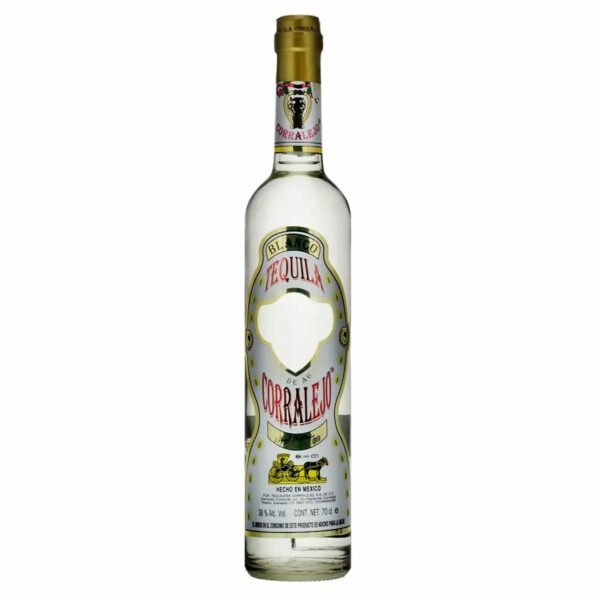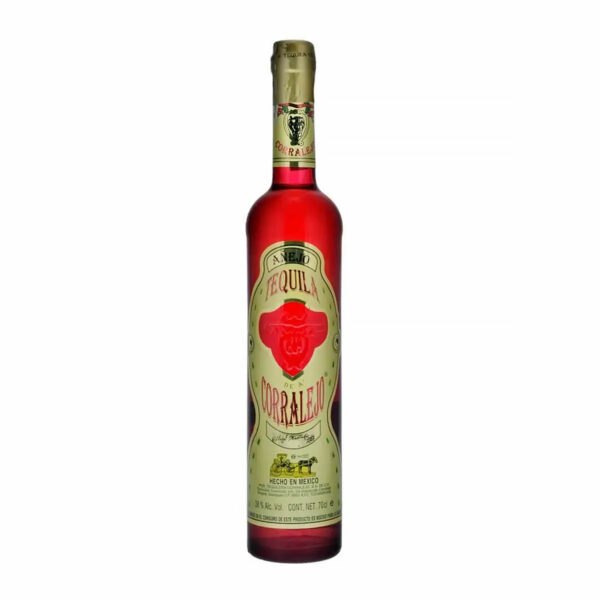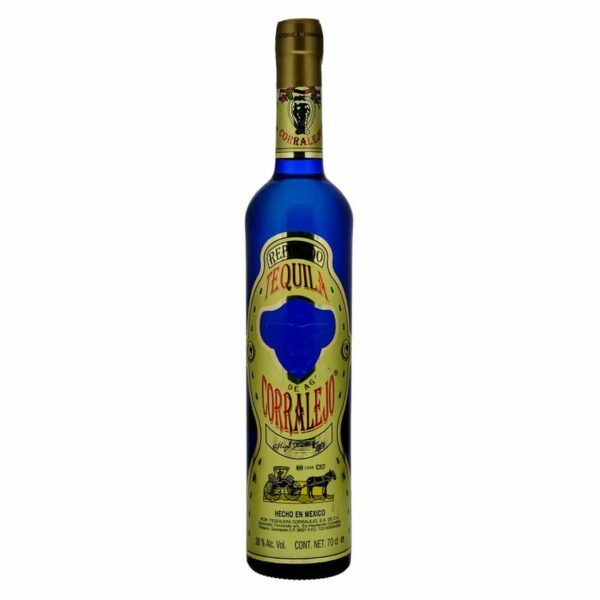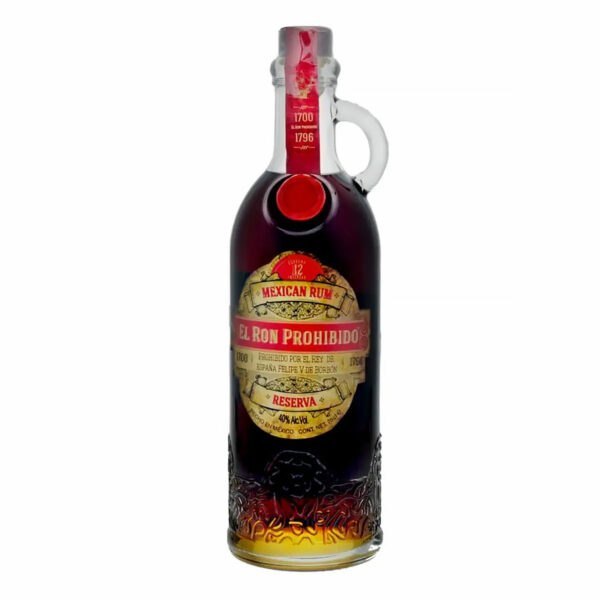Black caviar stands as one of the most coveted delicacies in the world. These small, glistening pearls from sturgeon fish carry a hefty price tag and an air of exclusivity that few foods can match. The allure of black caviar stems from several factors that work together to create its luxury status. Its rarity plays a major role – sturgeon fish take many years to mature and produce roe, with some species needing up to 20 years before harvesting becomes possible. The labor-intensive process of extracting, cleaning, and curing the eggs adds to its value. Each tiny pearl must be handled with extreme care to maintain its integrity.
The taste experience of black caviar offers something truly special. When these delicate eggs burst in the mouth, they release a complex flavor that blends briny, buttery, and nutty notes in perfect balance. This sensory experience has captivated food lovers for centuries, from Persian emperors to Russian tsars to modern gourmands.
Beyond its taste, black caviar carries cultural weight as a status symbol. Serving this delicacy at events signals refinement and wealth. The tradition of enjoying caviar with mother-of-pearl spoons (as metal can affect the taste) adds to the ritual and mystique.
Even the health benefits add to its appeal. Rich in omega-3 fatty acids, vitamins, and minerals, black caviar offers nutritional value alongside its gustatory pleasures. This combination of rarity, taste, tradition, and health benefits makes black caviar a true luxury that continues to fascinate and delight those fortunate enough to experience it.
The rich history of black caviar as a symbol of aristocratic indulgence
The story of black caviar as a luxury item spans centuries and continents. This prized delicacy has graced the tables of royalty and nobility throughout history, earning its place as one of the most sought-after foods in the world.
Ancient beginnings
Black caviar’s journey began thousands of years ago. The Persians were among the first to discover and value sturgeon roe, believing it held medicinal properties that boosted vitality and strength. Historical records show consumption of sturgeon eggs dates back to ancient times, where it was enjoyed primarily by royalty and aristocrats. The Persian word “mahi-e khayedar,” meaning egg-bearing fish, is thought to be the origin of the modern term “caviar.”
While caviar’s origins lie in Persia, Russia played a crucial role in elevating its status to the luxury item known today. The Russian tsars developed a particular fondness for this delicacy, making it a staple at royal feasts. Peter the Great was known to consume enormous amounts of caviar, while the court of Nicholas II received annual tributes of 11 tons of roe from Astrakhan and Azerbaijan. This royal endorsement cemented caviar’s association with power and opulence.
European aristocratic adoption
As caviar made its way to Europe, its reputation as a luxury food grew even stronger. The British dubbed it the “Royal Fish,” and access was restricted to royalty and the social elite. European nobility quickly adopted caviar as a symbol of wealth and refinement, serving it at lavish banquets and exclusive gatherings.
American caviar boom
In the 19th century, European immigrants discovered that American waters were teeming with sturgeon. This led to a caviar boom in the United States, with entrepreneurs like Henry Schacht establishing successful export businesses to Europe. At one point, America was shipping so much caviar to Russia that the Russians began relabeling it as “Russian caviar” and sending it back to America at premium prices.
Types of historical caviar consumption:
- Royal court feasts
- Aristocratic banquets
- Diplomatic gatherings
- Elite social events
- Medicinal treatments for nobility
Today, black caviar maintains its status as the ultimate luxury food. The rarity of wild sturgeon, due to overfishing and habitat loss, has only increased its exclusivity. Strict regulations on sturgeon fishing and international trade have made authentic caviar even more precious, keeping it firmly in the realm of luxury dining.
Pro tip: When serving caviar at special events, present it on a bed of crushed ice to maintain its ideal temperature and showcase its heritage as a royal delicacy.
The meticulous harvesting process that contributes to its exclusivity
The journey from sturgeon to table involves a complex and time-consuming process that adds significantly to black caviar’s exclusivity and price. Each step requires skill, patience, and precision.
Sturgeon farming and maturation
Modern caviar production relies heavily on aquaculture, as wild sturgeon populations have declined dramatically. Creating the right conditions for sturgeon to thrive demands expert knowledge and significant investment. These prehistoric fish require specific water quality, temperature, and feeding regimes to produce high-quality roe.
The most challenging aspect of sturgeon farming is the time investment. Depending on the species, sturgeon take between 8 and 20 years to reach maturity and produce eggs suitable for caviar. This lengthy maturation period means farmers must maintain optimal conditions for decades before seeing returns on their investment.
Farmers use advanced technologies like ultrasound or biopsy to monitor the development of the roe without harming the fish. The timing of harvest is critical – the eggs must be extracted precisely three days before the fish would naturally spawn. Too early, and the eggs will be fat and sticky; too late, and they become mushy and unusable.
Extraction methods
Traditionally, caviar harvesting involved killing the sturgeon to remove the roe. This classic method is still widely used despite newer alternatives. The fish is sedated to minimize stress, which can negatively affect the taste and texture of the caviar. Stress hormones released by the fish can make the final product bitter or off-flavor.
More recently, “no-kill” or humane harvesting methods have been developed.
Common caviar extraction techniques:
- Classic method (traditional)
- Cesarean section (humane)
- Vivace extraction (humane)
- Milking technique (humane)
While humane methods allow the sturgeon to live and potentially produce more roe in the future, they remain less common. These techniques are more expensive, technically challenging, and can result in caviar with different texture and flavor characteristics.
Processing and curing
Once extracted, the roe undergoes meticulous processing. The egg sac is rubbed against a special mesh screen to separate individual eggs without damaging them. The eggs are then rinsed in cold water to remove impurities.
Skilled workers use tweezers to inspect the caviar, removing any broken eggs, membrane residue, or discolored pieces. This labor-intensive quality control ensures only perfect eggs make it to the final product.
The salting process, known as “Malossol” (meaning “little salt” in Russian), is perhaps the most crucial step. Master caviar producers carefully add just enough salt to preserve the eggs without overwhelming their natural flavor. The ideal salt content is around 3-5%, requiring precise measurement and expert judgment.
After salting, the caviar ages for about three months at a temperature of approximately 3°C. This aging process allows the flavors to develop fully before the caviar is ready for consumption.
Pro tip: When purchasing caviar, look for products labeled “Malossol,” which indicates a low-salt curing process that preserves the natural flavor of the roe while extending shelf life just enough for safe consumption.
The unique flavor profile and texture experience of premium sturgeon roe
The true magic of black caviar lies in its extraordinary sensory experience. Each tiny pearl offers a complex burst of flavor and texture that has captivated food lovers for centuries.
Taste complexity
Black caviar delivers a sophisticated flavor profile unlike any other food. When the delicate membrane of each egg ruptures against the palate, it releases a symphony of taste sensations. The initial impression is often briny and sea-like, followed by buttery richness and subtle nutty undertones.
Different sturgeon species produce caviar with distinct flavor characteristics. Beluga caviar, considered the most prestigious, offers a creamy, buttery taste with minimal fishiness. Osetra caviar presents a more nutty profile with hints of walnut and a clean finish. Sevruga caviar tends to be more intensely flavored with pronounced brininess and a bold finish.
The water source where the sturgeon lives significantly impacts flavor. Fish raised in clean, mineral-rich waters develop roe with more refined taste profiles. The sturgeon’s diet also influences the final product, with natural food sources generally producing superior caviar compared to artificial feeds.
Textural perfection
The texture of premium black caviar is just as important as its taste. Each egg should be firm enough to maintain its shape yet delicate enough to pop gently when pressed against the roof of the mouth. This textural contrast – the initial resistance followed by the smooth release of contents – creates a uniquely satisfying mouthfeel.
Size matters in caviar appreciation. Larger eggs, like those from Beluga sturgeon, offer a more pronounced pop and creamier interior. Medium-sized eggs from Osetra provide a balanced texture, while smaller Sevruga eggs deliver a more intense burst of flavor due to their higher surface-area-to-volume ratio.
Caviar texture characteristics by type:
- Beluga: Large pearls (3.5mm+), soft, creamy interior
- Osetra: Medium pearls (2.5-3mm), firm with nutty finish
- Sevruga: Small pearls (2-2.5mm), crisp pop with intense flavor
- Siberian: Medium-small pearls, firm texture with clean taste
The traditional serving method for caviar enhances its flavor experience. Experts recommend using mother-of-pearl, bone, or horn spoons rather than metal, which can impart an unwanted metallic taste. The caviar should be kept cold but not frozen, ideally between -2°C and 2°C.
Classic accompaniments are designed to complement rather than overpower the caviar. Blini (small Russian pancakes), toast points, or unsalted crackers provide a neutral base. Traditional garnishes include chopped hard-boiled eggs, minced onion, and crème fraîche. Many purists, however, prefer to enjoy premium caviar unadorned to fully appreciate its natural qualities.
Beverage pairings also matter. Champagne with its crisp acidity and fine bubbles cuts through the richness of caviar while enhancing its flavor. Alternatively, ice-cold vodka serves as a palate cleanser between bites, allowing each taste of caviar to be experienced anew.
Pro tip: Allow caviar to sit at room temperature for 5-10 minutes before serving to fully develop its flavor profile, but keep the tin nestled in crushed ice to maintain the ideal temperature throughout the tasting experience.
Premium black caviar without preservatives at PremiumCaviar Shop
PremiumCaviar stands as a distinguished purveyor of exceptional sturgeon roe, offering products that meet the highest standards of quality and taste.
About PremiumCaviar
PremiumCaviar has built a reputation as a trusted source for authentic, high-quality caviar. The company focuses on sustainable practices, working with responsible sturgeon farms that maintain ethical standards while producing superior products. Their commitment to excellence extends from production to packaging, ensuring customers receive caviar in peak condition.
The brand takes pride in offering preservative-free caviar, allowing the natural flavors to shine through without chemical additives. This dedication to purity sets PremiumCaviar apart in a market where many competitors use preservatives to extend shelf life at the expense of taste and texture.
With direct relationships with producers, PremiumCaviar maintains strict quality control throughout the supply chain. Each batch undergoes careful inspection before reaching customers, guaranteeing consistency and excellence with every purchase.
Premium Siberian Sturgeon Black Caviar
The Siberian sturgeon (Acipenser baerii) produces one of the most popular varieties in the PremiumCaviar lineup. This caviar features medium-sized pearls with a dark gray to brown color and offers a clean, fresh taste with subtle nutty notes.
Siberian sturgeon caviar strikes an ideal balance between luxury and accessibility. While not as costly as Beluga, it delivers a premium experience that satisfies both newcomers and experienced caviar enthusiasts. The eggs have a firm texture that provides a satisfying pop when eaten.
Farmed in controlled environments that mimic natural conditions, PremiumCaviar’s Siberian sturgeon products maintain consistent quality year-round. The sustainable farming practices ensure this delicacy can be enjoyed without environmental concerns.
Premium Siberian Sturgeon Black Caviar
Premium Siberian Sturgeon fresh black caviar 50gr. Pisani Dossi
Premium Siberian Sturgeon fresh black caviar 100gr. Pisani Dossi
Premium Osetra Black Caviar
Osetra caviar ranks among the most prized varieties in the world, and PremiumCaviar offers exceptional examples of this delicacy. Derived from sturgeon (Acipenser gueldenstaedtii) raised on an Italian farm, Osetra caviar features medium to large eggs with colors ranging from golden amber to dark brown.
The flavor profile of Osetra caviar is distinctive, with a rich, nutty character often compared to walnuts or hazelnuts. This complexity makes it a favorite among caviar connoisseurs who appreciate its sophisticated taste.
PremiumCaviar’s Osetra selection includes various grades based on color, size, and flavor intensity. The golden varieties command premium prices due to their rarity and exceptional taste profile.
Premium Osetra Black Caviar
Premium Osetra fresh black caviar 50gr. Pisani Dossi
Premium Osetra fresh black caviar 100gr. Pisani Dossi
Premium Alcohol pairings
Understanding that the right beverage can elevate the caviar experience, PremiumCaviar offers a curated selection of premium alcoholic beverages designed to complement their caviar offerings.
Fine champagnes feature prominently in their collection, with both vintage and non-vintage options available. The crisp acidity and effervescence of champagne create a perfect counterpoint to the rich, creamy texture of premium caviar.
For those who prefer the traditional Russian approach, PremiumCaviar stocks premium vodkas. These ultra-smooth spirits, served ice-cold, cleanse the palate between bites of caviar, allowing each taste to be experienced fully.
Pro tip: Store unopened caviar tins in the coldest part of the refrigerator (between -2°C and 2°C) and consume within 2-3 days after opening for the freshest taste and optimal texture.
Premium Alcohol
Nutritional benefits that make black caviar both luxurious and healthy
Beyond its exquisite taste and cultural significance, black caviar offers impressive health benefits that add another dimension to its appeal.
Protein powerhouse
Black caviar stands out as an exceptional source of high-quality protein. A single 28-gram serving provides about 7 grams of protein, making it a concentrated source of this essential nutrient. The protein in caviar contains all nine essential amino acids, qualifying it as a complete protein source.
These proteins support muscle maintenance and growth while providing the building blocks for enzymes, hormones, and other vital body compounds. For those seeking luxury foods that also offer nutritional value, caviar delivers protein in an elegant package.
The amino acid profile of caviar includes lysine, arginine, isoleucine, methionine, and histidine, each playing unique roles in maintaining health. These compounds support everything from immune function to hormone production.
Omega-3 fatty acid abundance
Perhaps the most significant health benefit of black caviar comes from its rich omega-3 fatty acid content. These essential fats, particularly eicosapentaenoic acid (EPA) and docosahexaenoic acid (DHA), support numerous bodily functions.
A single ounce (28 grams) of caviar provides approximately 800 mg of EPA and 1,080 mg of DHA, far exceeding the recommended daily intake of 250 mg each. These fatty acids help reduce inflammation throughout the body and play crucial roles in brain health and function.
Regular consumption of omega-3-rich foods like caviar may help lower the risk of heart disease by reducing blood pressure, decreasing triglyceride levels, and preventing the formation of blood clots. The anti-inflammatory properties of these fats also support joint health and may help alleviate symptoms of arthritis.
Key health benefits of caviar consumption:
- Supports cardiovascular health
- Promotes brain function and development
- Reduces inflammation throughout the body
- Supports immune system function
- Contributes to skin and hair health
- Helps maintain healthy hormone levels
Black caviar contains an impressive array of vitamins and minerals. Most notably, it provides an extraordinary amount of vitamin B12, with a single ounce delivering 236% of the daily recommended value. This vitamin plays essential roles in nervous system function, DNA production, and red blood cell formation.
The mineral content of caviar is equally impressive. It provides significant amounts of selenium (34% of daily value per ounce), which supports immune function and acts as an antioxidant in the body. The iron content (19% of daily value per ounce) helps prevent anemia and supports oxygen transport throughout the body.
Additional nutrients found in caviar include calcium for bone health, magnesium for muscle and nerve function, and phosphorus for cell repair. It also contains vitamins A, D, and E, each contributing to various aspects of health from vision to immune function.
Low-carbohydrate luxury
For those following low-carbohydrate or ketogenic diets, caviar offers a luxurious food option that aligns with their nutritional goals. With just 1 gram of carbohydrates per ounce, caviar provides flavor and nutrition without significantly impacting blood sugar levels.
The combination of protein and healthy fats makes caviar a satiating food despite its small serving size. This makes it an ideal choice for special occasions when seeking indulgence without derailing dietary plans.
Pro tip: For maximum health benefits, pair caviar with other nutrient-dense foods like avocado on cucumber slices rather than traditional blini or toast points to create a low-carbohydrate appetizer rich in complementary nutrients.
The cultural significance of black caviar in fine dining and special occasions
Black caviar transcends its status as mere food to become a cultural symbol embedded with meaning and tradition across diverse societies.
Symbol of prestige and celebration
Throughout history, black caviar has marked significant occasions and celebrations. Its presence on the menu signals the importance of an event and the host’s desire to honor guests with the finest delicacies.
At diplomatic functions, caviar often appears as a gesture of goodwill and respect. State dinners frequently feature this luxury item to impress foreign dignitaries and showcase cultural refinement. The tradition of serving caviar at wedding receptions, particularly in Eastern European cultures, symbolizes wishes for fertility and abundance in the marriage.
Corporate events and business negotiations sometimes include caviar service as a demonstration of success and financial stability. The shared experience of enjoying this rare delicacy can create bonds between business partners and set a tone of exclusivity for the meeting.
Rituals of service and consumption
The serving and eating of caviar involve specific rituals that have evolved over centuries. These traditions enhance the experience while showing respect for the delicacy.
Traditional caviar service includes specific tools and vessels. Mother-of-pearl spoons prevent the metallic taste that silver or stainless steel can impart. Crystal or glass bowls nested in ice maintain the ideal temperature. Some connoisseurs insist on testing caviar on the back of the hand between the thumb and index finger, allowing the body heat to warm it slightly and release its full aroma.
The proper technique for eating caviar involves placing a small amount on the tongue and pressing it gently against the palate, allowing the eggs to burst and release their flavor. Rushing this process or chewing vigorously diminishes the experience.
Traditional caviar accompaniments around the world:
- Russia: Blini, sour cream, chopped eggs, minced onion
- France: Toast points, crème fraîche, lemon wedges
- United States: Buckwheat pancakes, crème fraîche, chives
- Japan: Plain, with sake or on sushi rice
- Middle East: Flatbread, labneh, fresh herbs
While traditional caviar service remains popular, contemporary chefs have found innovative ways to incorporate this luxury ingredient into modern cuisine. Molecular gastronomy techniques create caviar-like spheres from other ingredients, while actual caviar appears in unexpected contexts from pasta dishes to desserts.
Fine dining restaurants often feature caviar as part of tasting menus, sometimes pairing it with unexpected ingredients that complement or contrast with its flavor profile. These creative approaches have introduced caviar to new audiences who might not experience it in traditional settings.
The farm-to-table movement has influenced caviar production and consumption as well. Sustainable caviar from aquaculture operations allows chefs and consumers to enjoy this delicacy with fewer environmental concerns. This shift has broadened caviar’s appeal among environmentally conscious diners who still appreciate luxury experiences.
Caviar as cultural exchange
As global cuisine becomes increasingly interconnected, caviar serves as a point of cultural exchange. Russian traditions influence French service styles, while Japanese sushi chefs incorporate caviar into their creations. This cross-pollination of culinary ideas demonstrates how luxury foods can transcend borders and bring diverse traditions together.
Food tourism centered around caviar production has emerged in regions like the Caspian Sea, where visitors can learn about traditional harvesting methods and taste regional specialties. These experiences preserve cultural heritage while creating economic opportunities for local communities.
Pro tip: When hosting a special event featuring caviar, create a dedicated caviar station with proper serving implements and accompaniments, allowing guests to experience this delicacy at their leisure while learning about its cultural significance from an informed server.
Conclusion
Black caviar stands as the pinnacle of culinary luxury for compelling reasons that span history, production, taste, and cultural significance. This exquisite delicacy has maintained its prestigious status across centuries and continents due to a perfect storm of factors that create both rarity and desirability.
The historical connection to royalty and aristocracy established caviar’s reputation as a food for the privileged few. From Persian emperors to Russian tsars to European nobility, the most powerful figures throughout history have prized these delicate sturgeon eggs. This rich heritage continues to influence how caviar is perceived and valued today.
The extraordinary production process adds another layer to caviar’s exclusivity. The decade-long maturation period for sturgeon, combined with the skilled labor required for harvesting and processing, makes each tin of caviar the result of years of patience and expertise. This time investment and craftsmanship justify the premium price and limited availability.
Perhaps most importantly, black caviar delivers a sensory experience that lives up to its reputation. The complex flavor profile and unique textural qualities create a moment of luxury that few other foods can match. This genuine gustatory pleasure ensures that caviar remains coveted not just for its symbolism but for the authentic enjoyment it provides.
The nutritional benefits of caviar add practical value to its indulgence. Rich in omega-3 fatty acids, complete proteins, and essential vitamins and minerals, caviar offers tangible health advantages alongside its pleasures. This combination of luxury and nutrition makes it a truly special food.
As a cultural symbol and ritual, caviar transcends mere sustenance to become an experience and statement. The traditions surrounding its service and consumption add depth and meaning to special occasions, marking moments as truly exceptional.
Black caviar remains the ultimate luxury food because it satisfies on every level – historical, sensory, nutritional, and cultural. Its enduring appeal speaks to the human appreciation for foods that offer not just sustenance but story, skill, and celebration.


